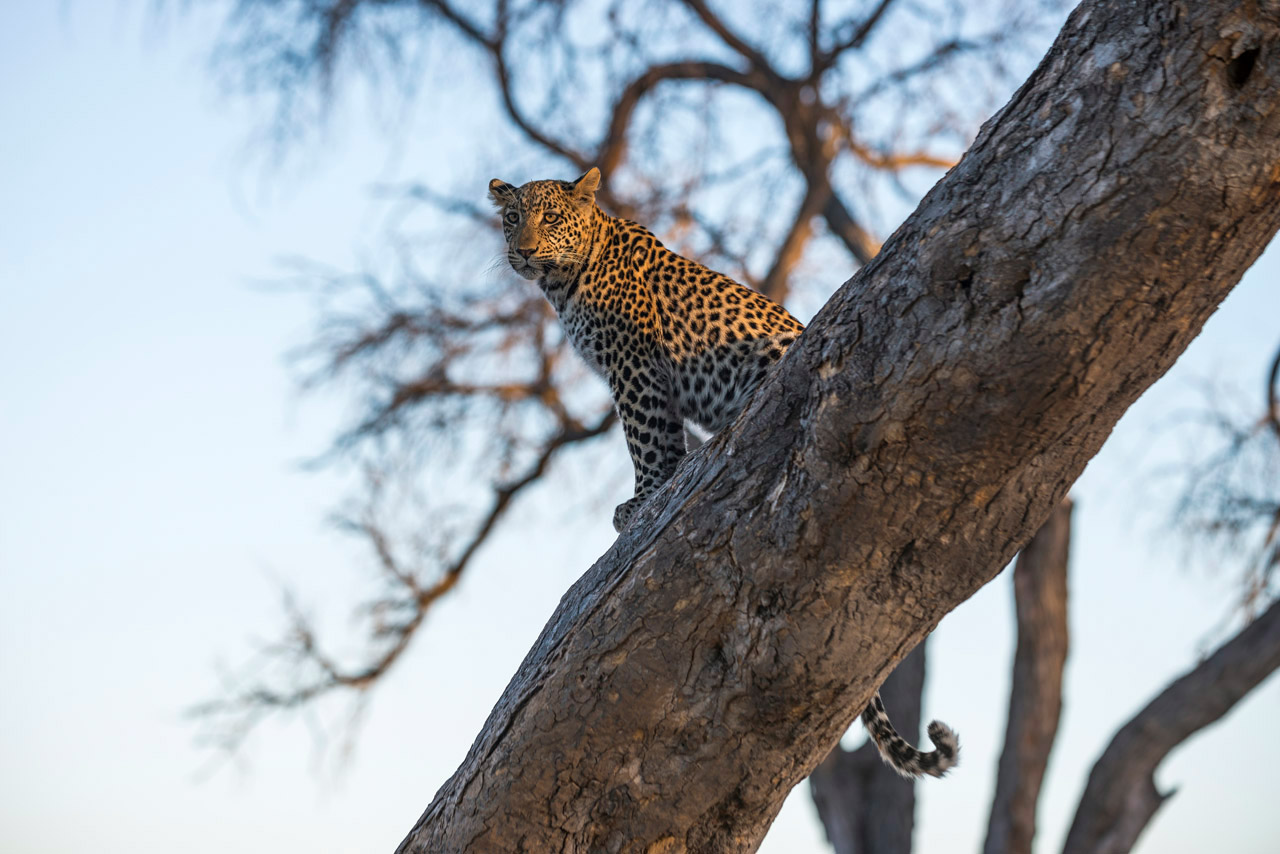
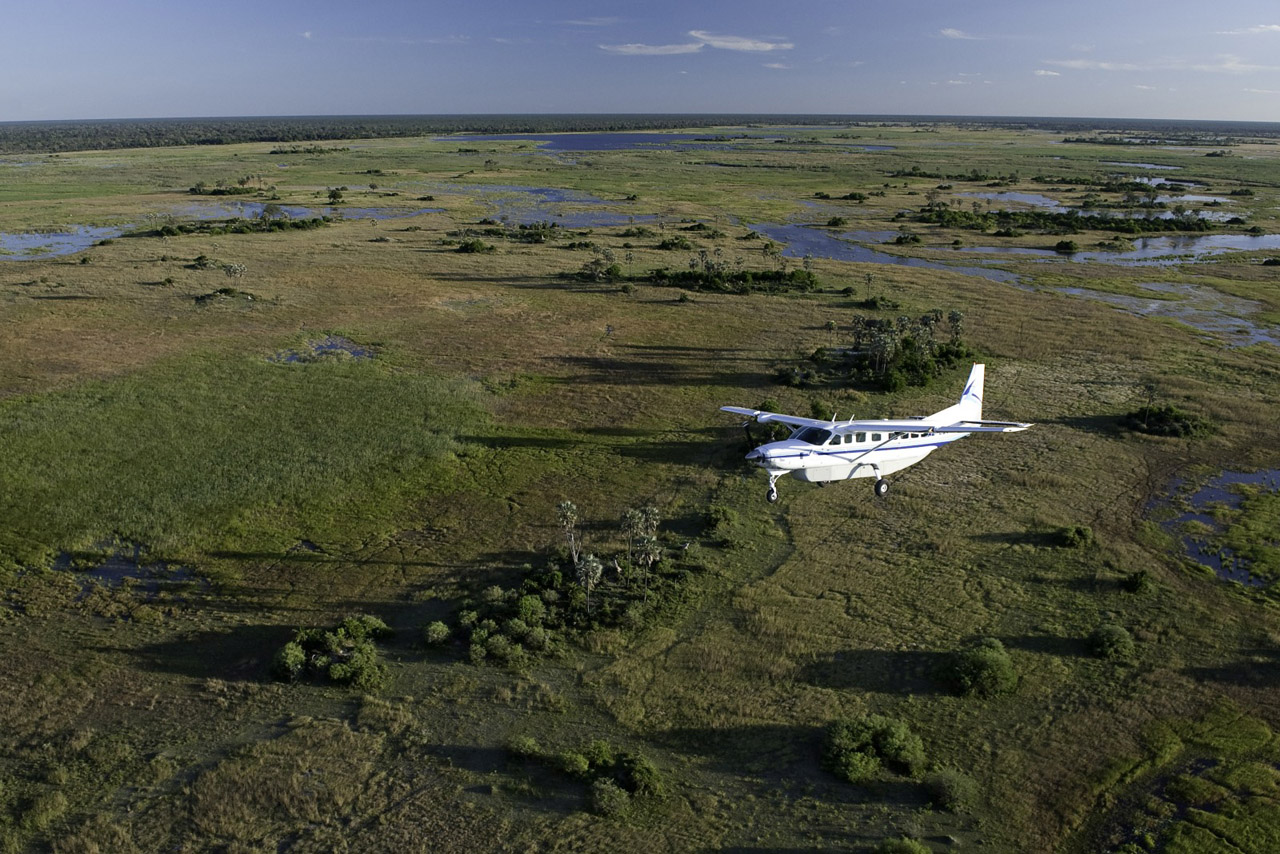

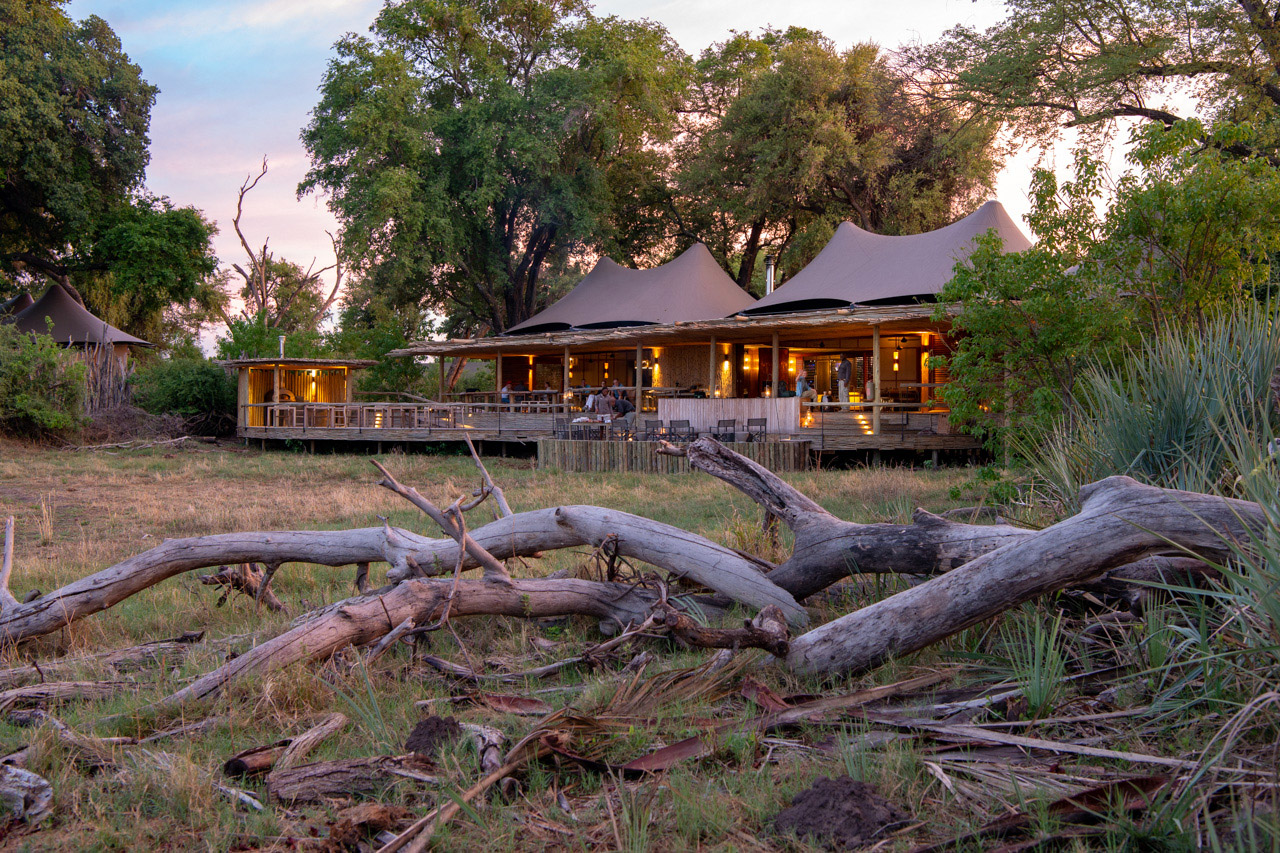
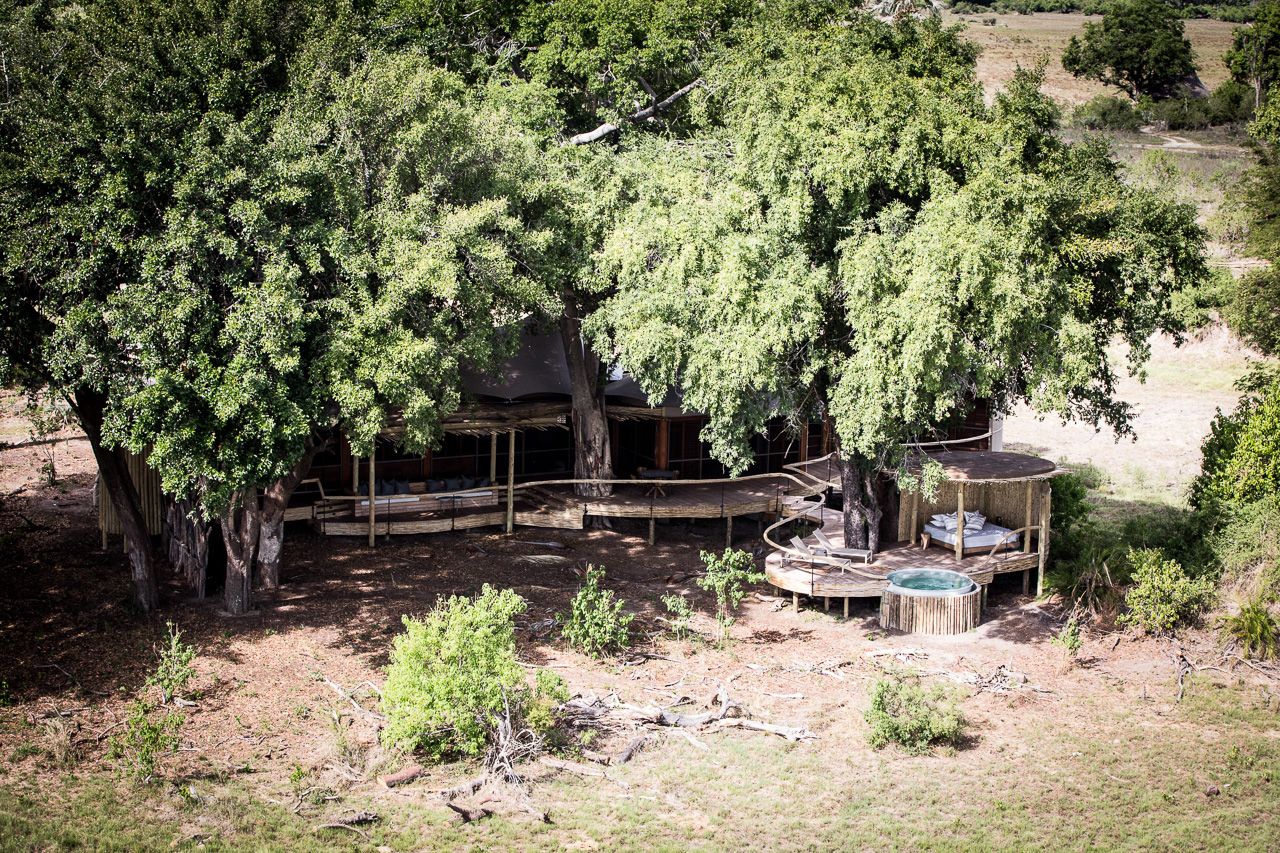
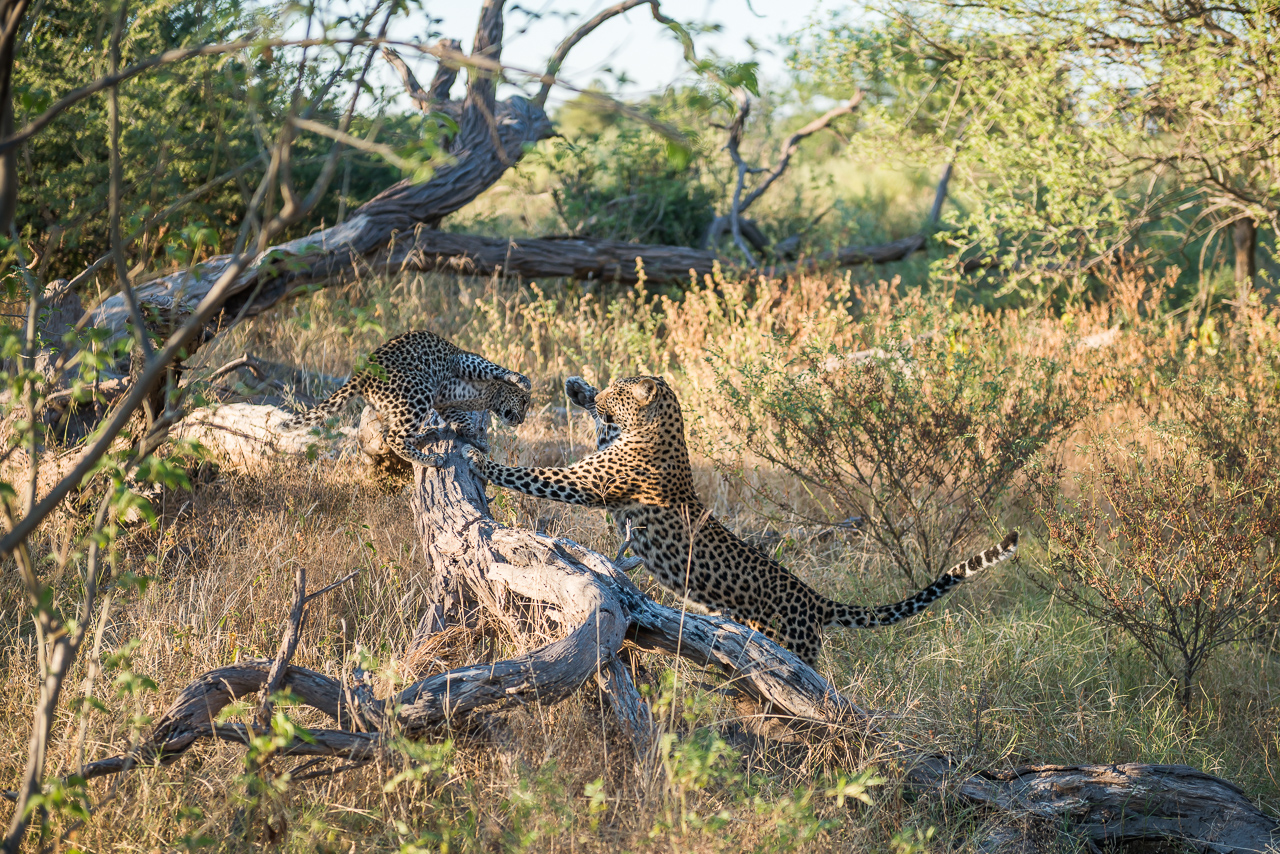
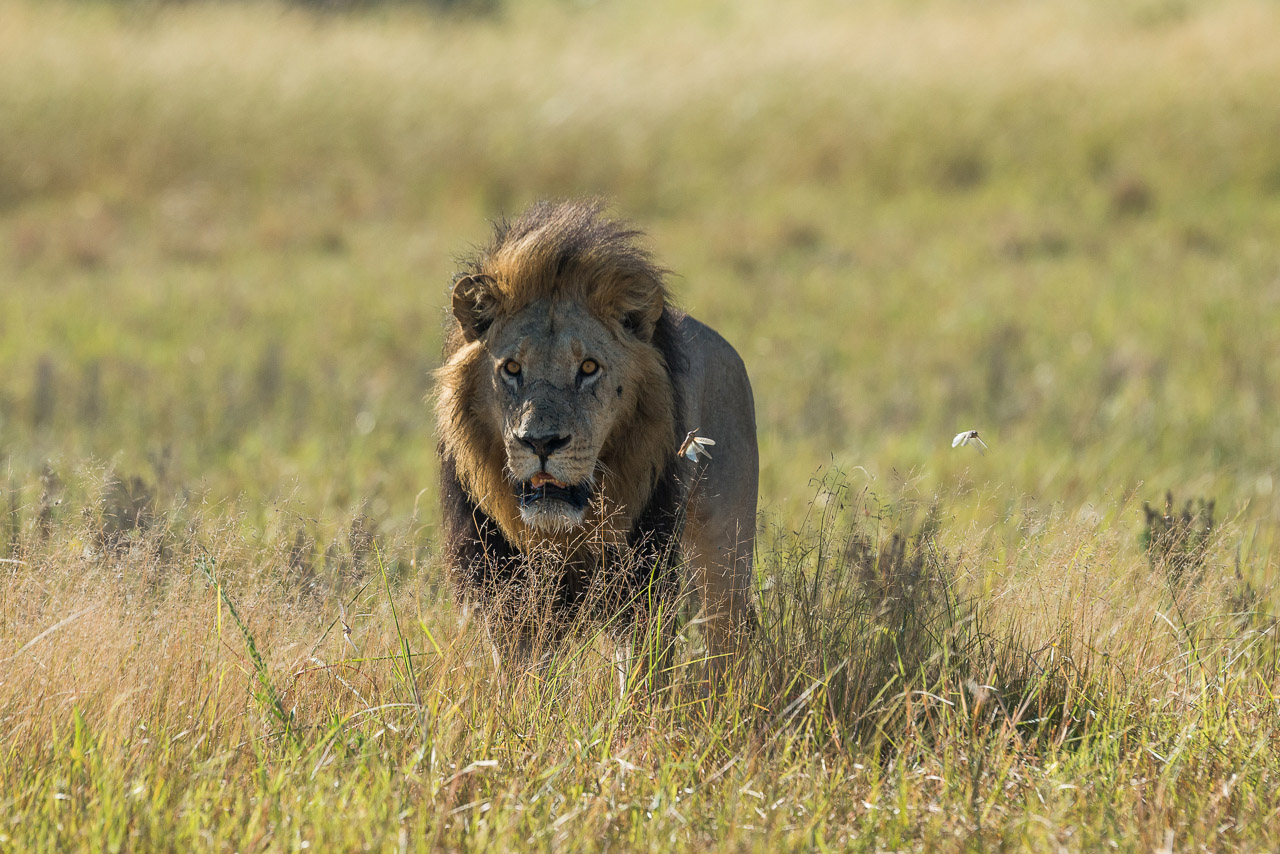
Accommodation
The rooms at Mombo (7 x twin + 1 x family room with two en-suite bedrooms) and Little Mombo (4 x twin) are generously equipped, each with a comfortable en-suite, living and sleeping area, indoor and outdoor shower, private bar, sala (outdoor lounger) and large veranda.
All rooms and main areas have large decks from where a huge variety of wildlife can be viewed at any time of day. The plain to the front of the camp fills with water during the floods, attracting a large number of water-loving red lechwe and buffalo.
Mombo and Little Mombo are linked by a long wooden walkway (approx. 5 minutes apart) with a swimming pool, gym and spa room as connecting elements. Both Mombo and Little Mombo have a stylish lounge, bar and dining area. A beautiful curio shop completes Mombo Camp's main building.
Mombo Camp is the flagship of Wilderness and unbeatable in its combination of luxury and pure wildlife action.
Chief's Island is the largest landmass in the Okavango Delta, and home to an incredible variety of wildlife. Both camps conduct game drives in the same area.
Mombo Camp is only accessible by light aircraft. The private airstrip is located just 15 minutes from the camp. Flight time to Maun in a Cessna Caravan is 30 minutes, and 1 hour 20 minutes to Kasane.
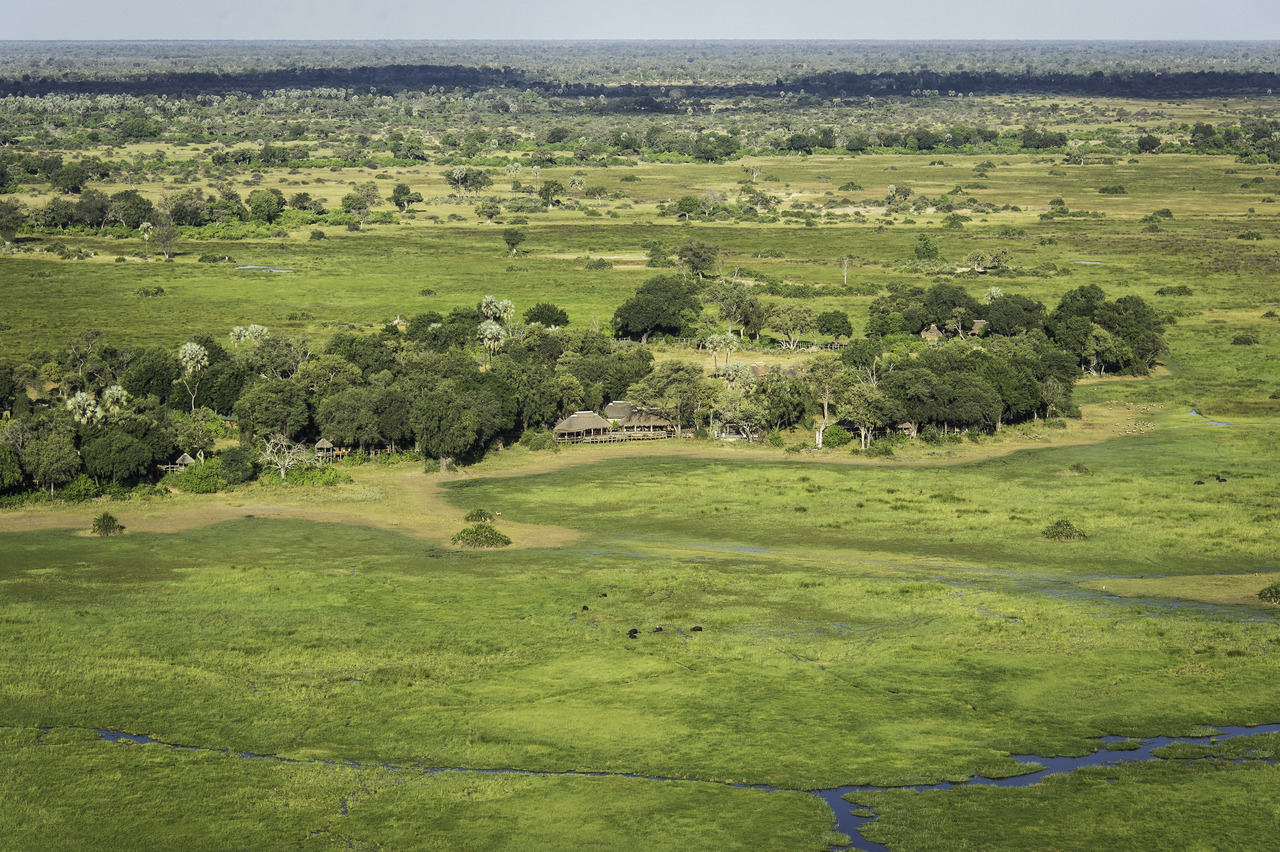
The Moremi was proclaimed a reserve in 1963 by the widow of Chief Moremi III and expanded in several stages thereafter. Today it covers around 30% of the entire Okavango Delta and adheres to a very strict protection policy.
Simply put, the Moremi Game Reserve comprises a lot of water and two large dry plains: the first is Chief's Island (home to the renowned Mombo Camp), which extends deep into the Okavango Delta. The second is known as the Mopane Tongue, the corners of which are marked in the Khwai region by the North Gate, South Gate, Mboma Island and Xakanaxa. Unlike Chief’s Island, whose camps are only accessible by air, the Mopane Tongue is accessible by vehicle.
Similar considerations apply to the Mopane Tongue as to the Chobe-Savuti region: overlanders and providers of mobile safaris travel from Maun to this area and camp at the public campsites or choose the more luxurious option of a private pitch. For this reason, when embarking on a flight safari, we recommend you choose the more expensive but private camps on Chief's Island for the ultimate safari experience.
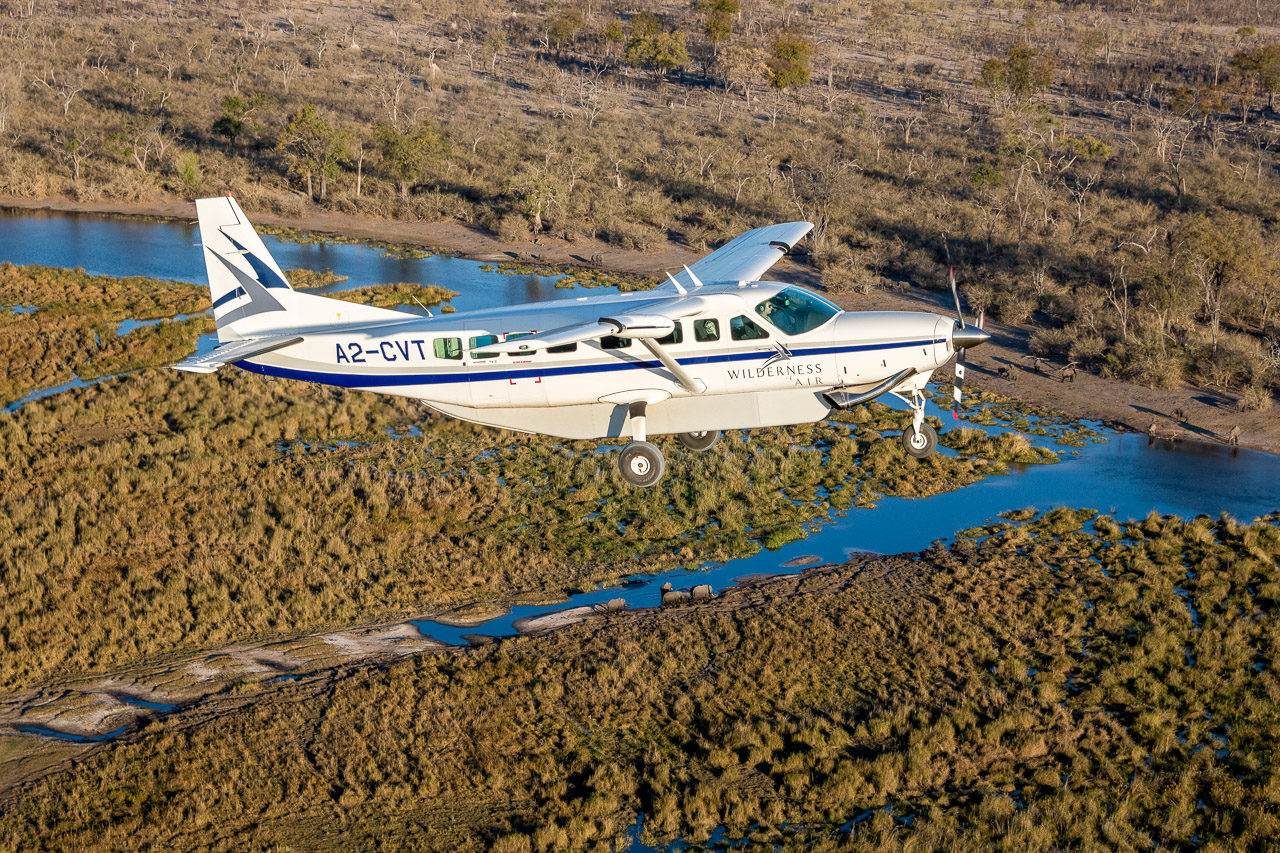

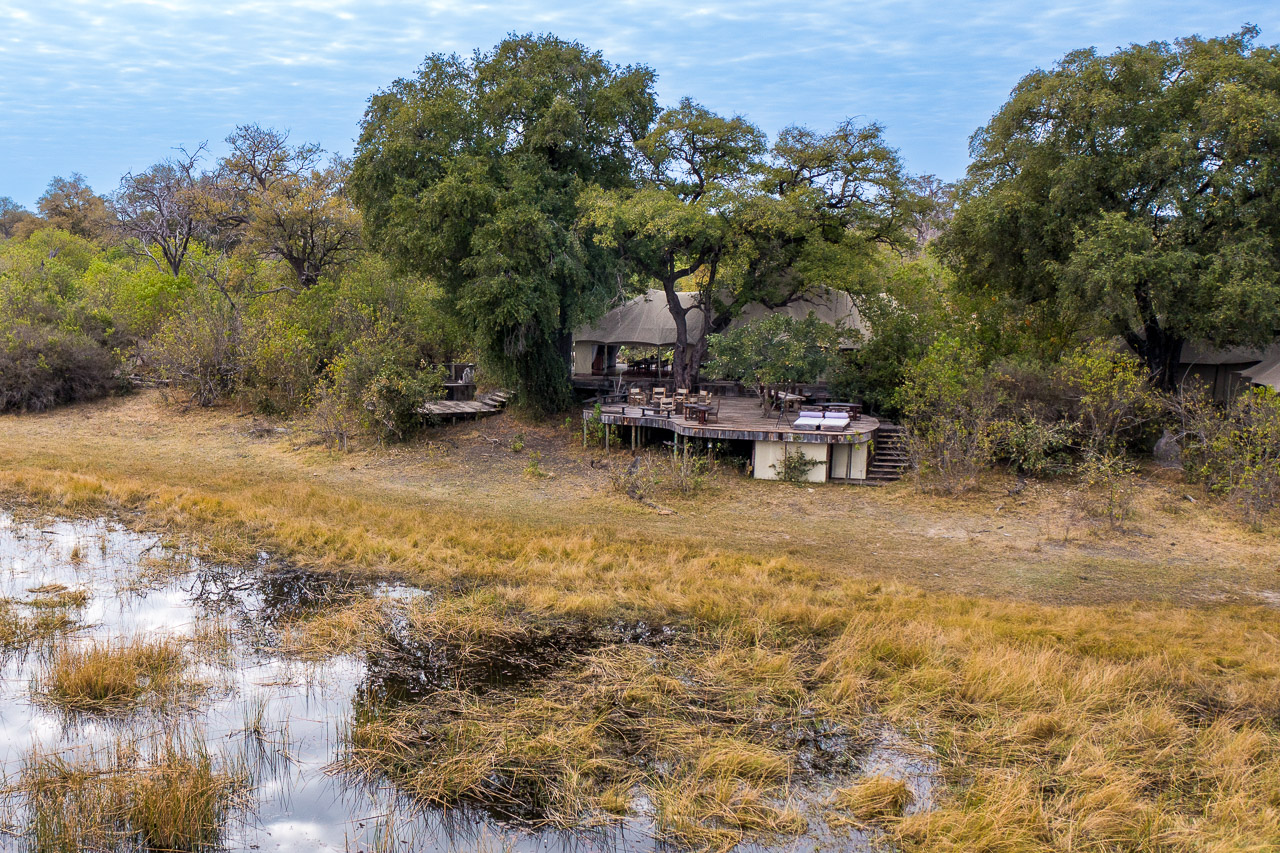
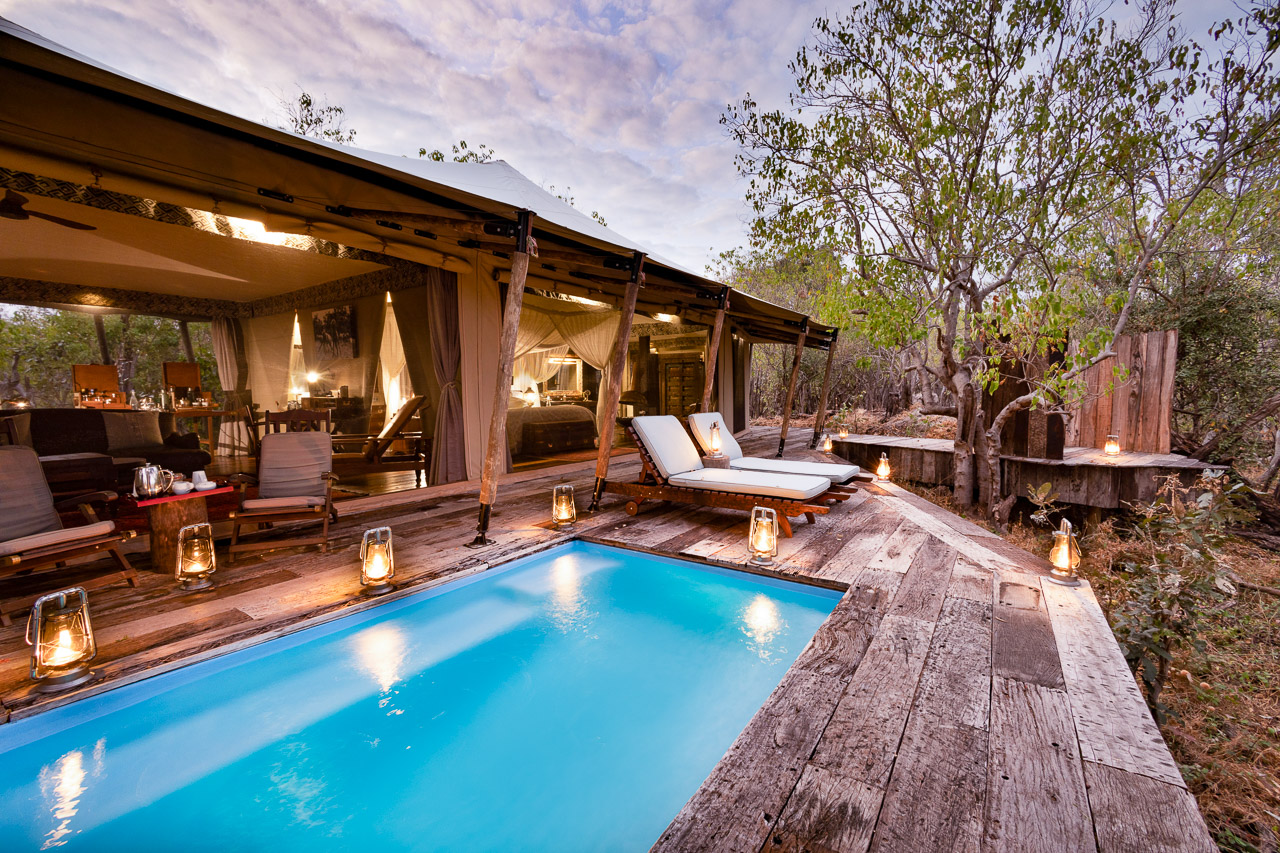
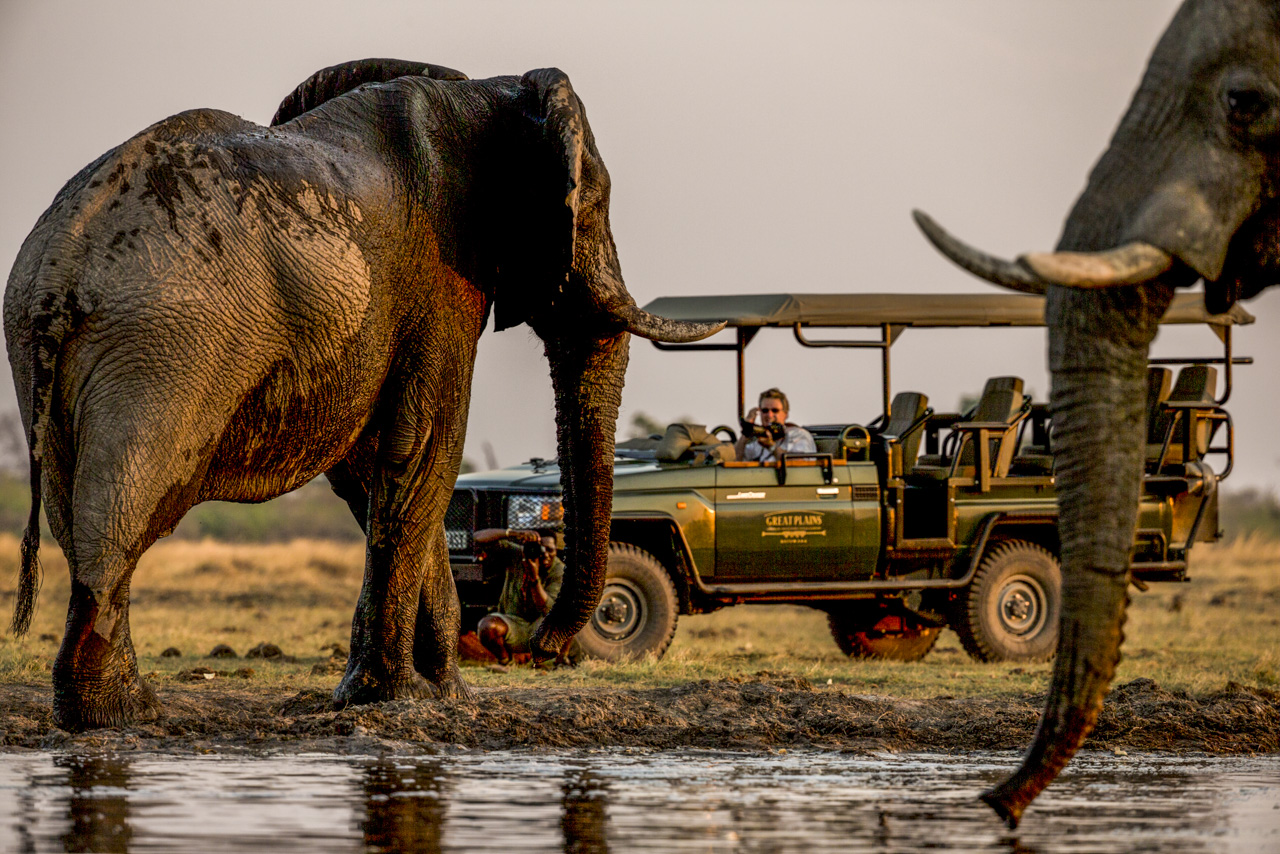
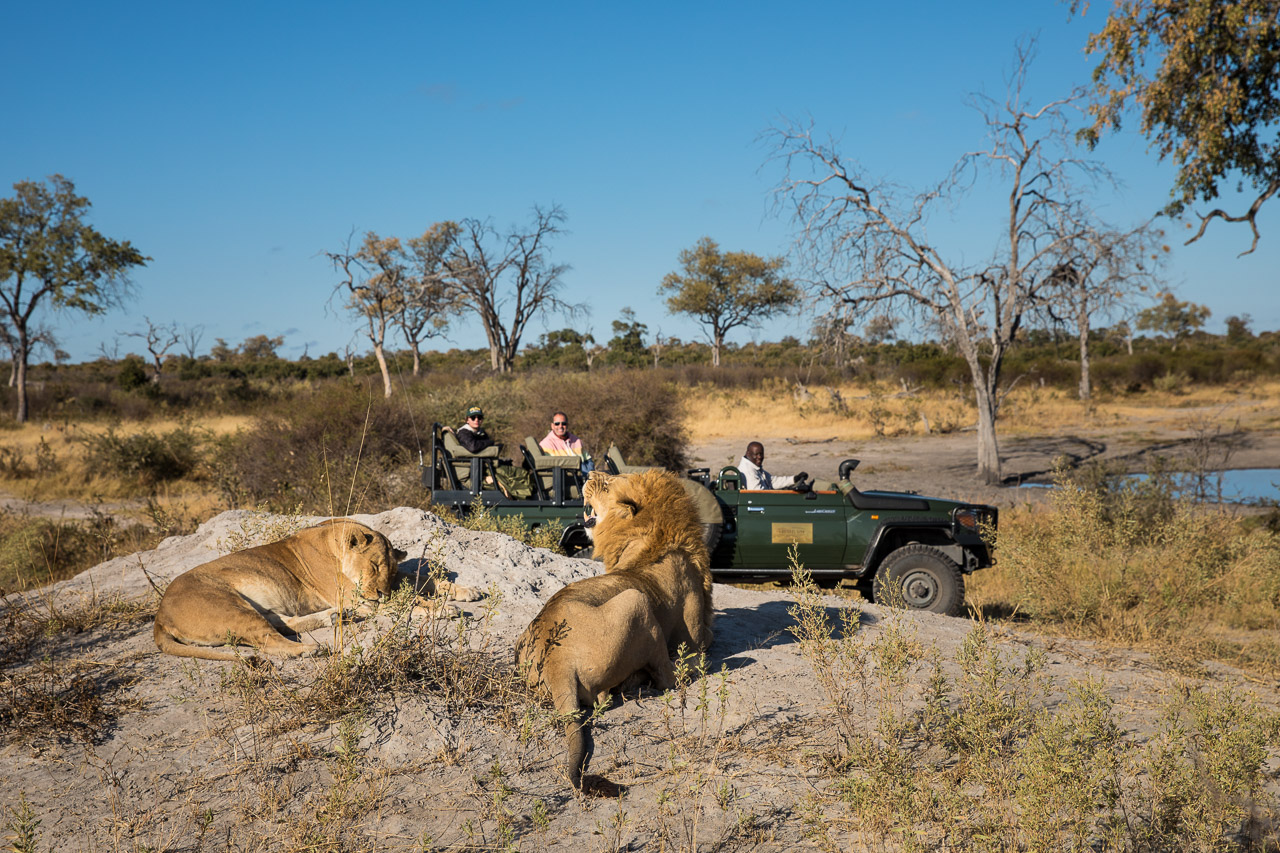
Accommodation
With just four rooms in the traditional safari style, Zarafa is both peaceful and intimate. Shaded by mature broad-leafed trees, the tents sit slightly elevated on solid, dark wooden planks. Each room is equipped with an open lounge, en-suite facilities, copper bathtub, indoor and outdoor shower and a central, gas-powered heater for those cooler winter days.
Each room also has its own minibar, private plunge pool and large veranda with views over the Zibadianja Lagoon. A Swarovski telescope is available for wildlife observation. Zarafa is furnished with a great deal of attention to detail and exudes pure elegance and luxury.
In addition to the four main tents, the Zarafa Dhow Suite consists of a two-bedroom tented suite. The Zarafa Dhow Suite operates exclusively, as guests enjoy their own private vehicle, safari guide, chef, manager/butler and entrance to their residence.
The main tent is furnished with equal refinement and houses a lounge, bar, library and sheltered dining area. Lunch, however, is served whenever possible on the large open-air deck, where the immense starry Botswana sky provides the canopy for evening meals. The very front of the deck is equipped with several couches, offering the perfect place to enjoy a sundown drink and watch elephants making their way to the lagoon.
Zarafa Camp is only accessible by light aircraft. Selinda Airstrip is located approx. 40 minutes from the camp. Flight time to Maun in a Cessna Caravan is 40 minutes, and 45 minutes to Kasane.
Zarafa Camp is part of the private Selinda Concession (1,350 km²). Selinda Camp, Selinda Explorers Camp and Okavango Explorers Camp are also part of this concession.
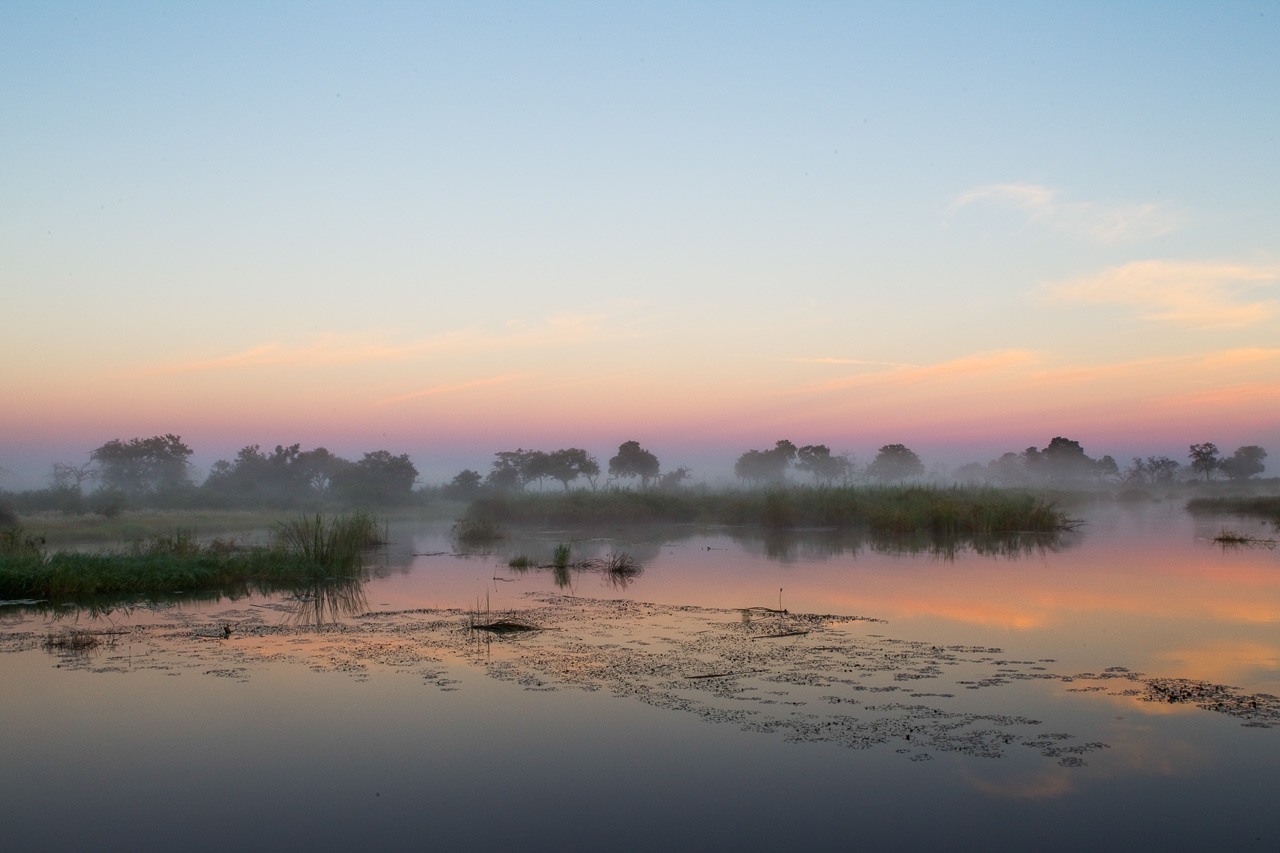
As in the Okavango Delta, we only book stunning, highly exclusive lodges situated in unspoiled nature that are often only accessible by air. The Linyanti region can be divided into four distinct areas, namely the Kwando Concession of Kwando Safaris, the Selinda Plains of Great Plains, the actual Linyanti Block of Wilderness and the Chobe Enclave, where African Bush Camps operate some of their camps.
The Linyanti region allows you to see clearly the influence of tectonic activity in the area. It is believed that the Okavango, Kwando and Zambezi rivers originally flooded much of Botswana, including the Makgadikgadi Pans. Today, the Kwando River flows through the Caprivi Strip in Namibia and heads south towards Botswana. The water hits a slight elevation, which dams the river and forms the Linyanti Wetlands. Here it takes a sharp turn to the east before continuing its journey as the Linyanti River. It then becomes the Chobe River at Kasane before finally flowing into the great Zambezi. The Linyanti Wetlands connect to the Okavango Delta via the Selinda Spillway, a kind of overflow system of the Okavango Delta. Water has been flowing here again during the winter months for several years now, making it the ideal location for canoeing safaris. The Okavango Delta’s increased water level has also returned water to the Zibadianja Lagoon – its outlet, the Savuti Canal, now has sometimes water running along its entire length, feeding the Savuti Marsh!
Although the area has seen dramatic changes in recent years, the Linyanti River still attracts a large number of elephant and buffalo from the Chobe Forests during the dry season, and is therefore still the perfect place to experience memorable game drives.
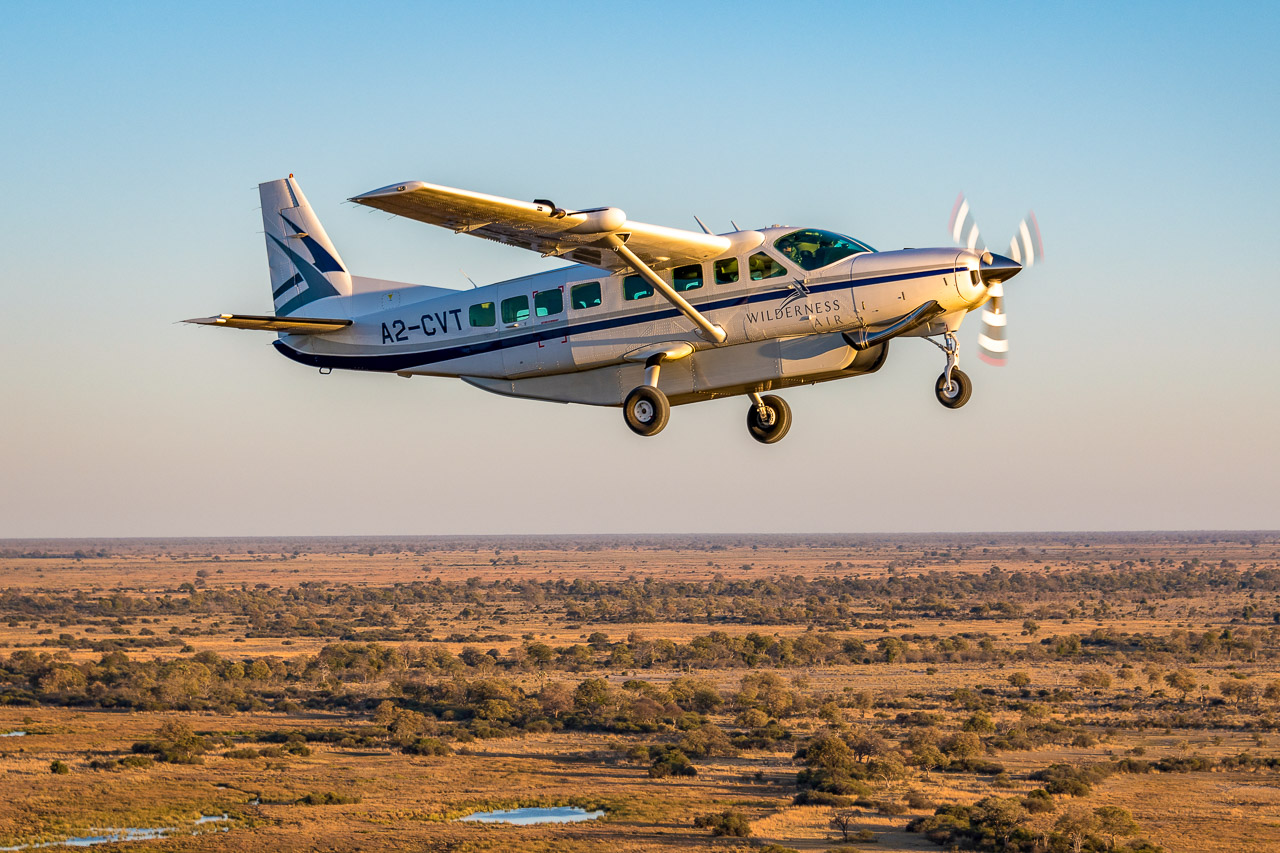

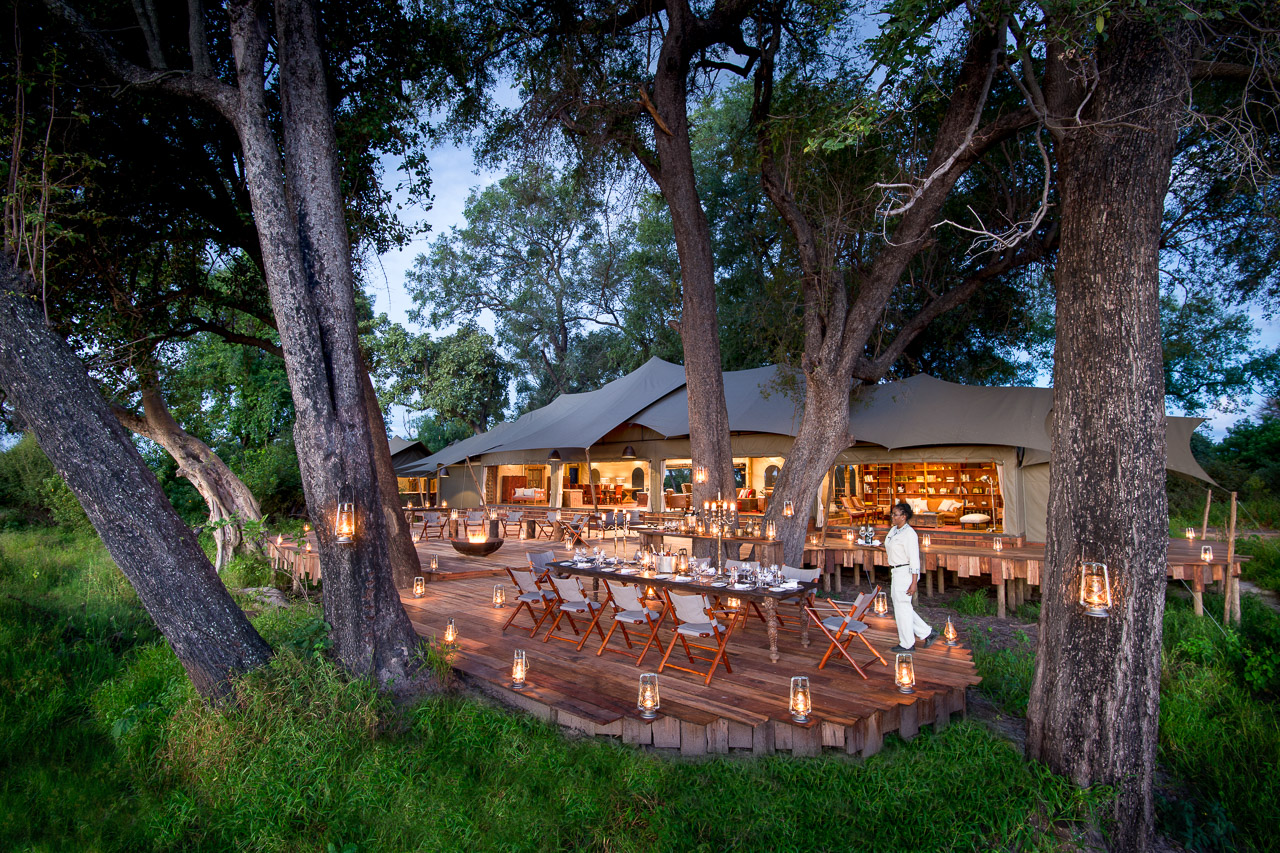
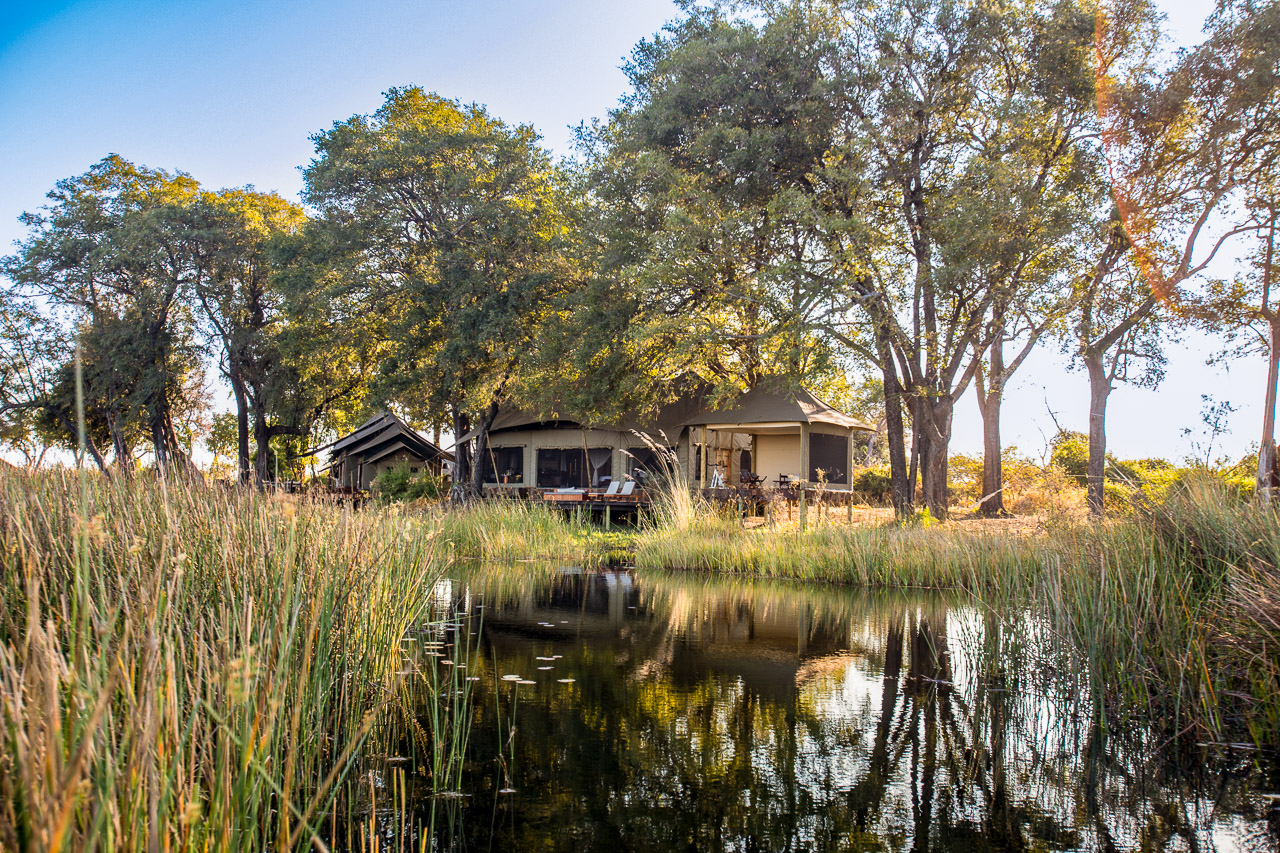
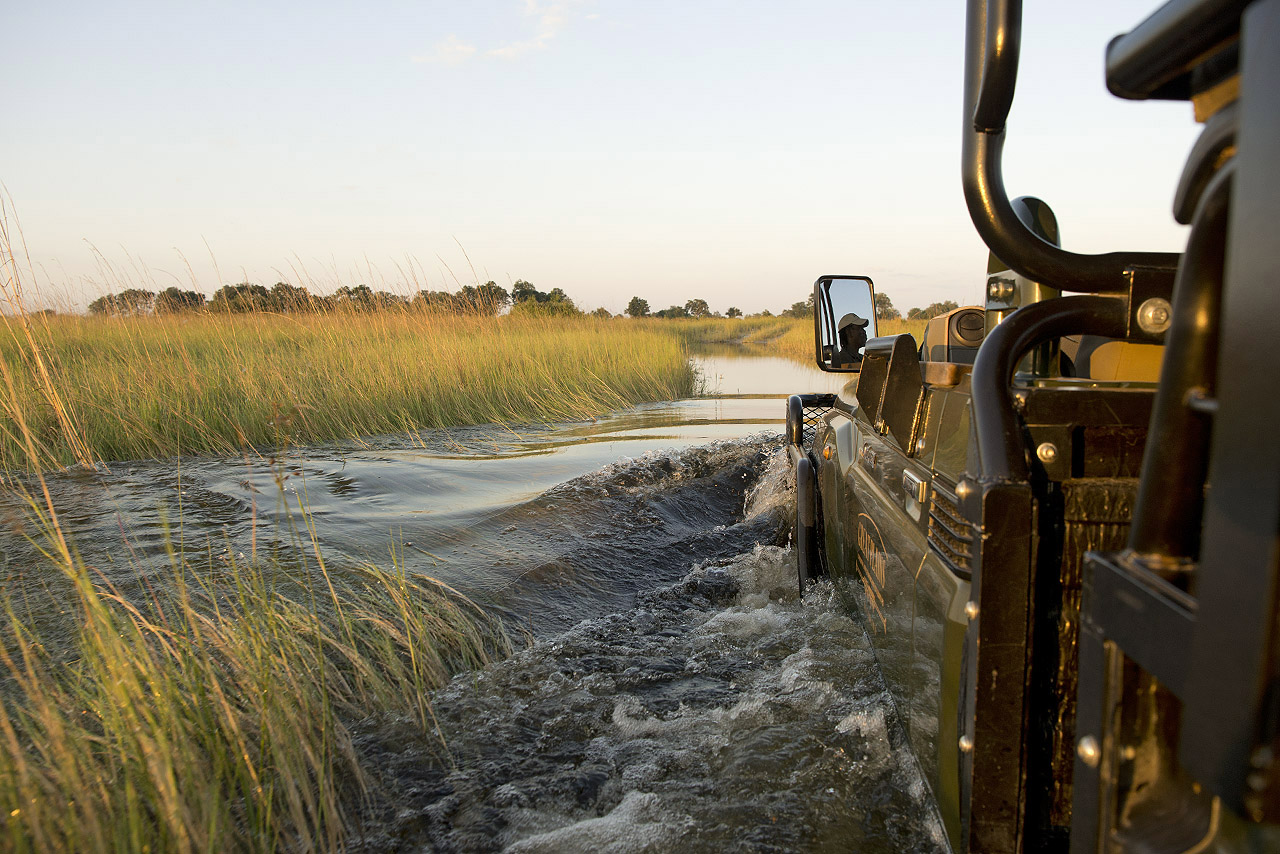
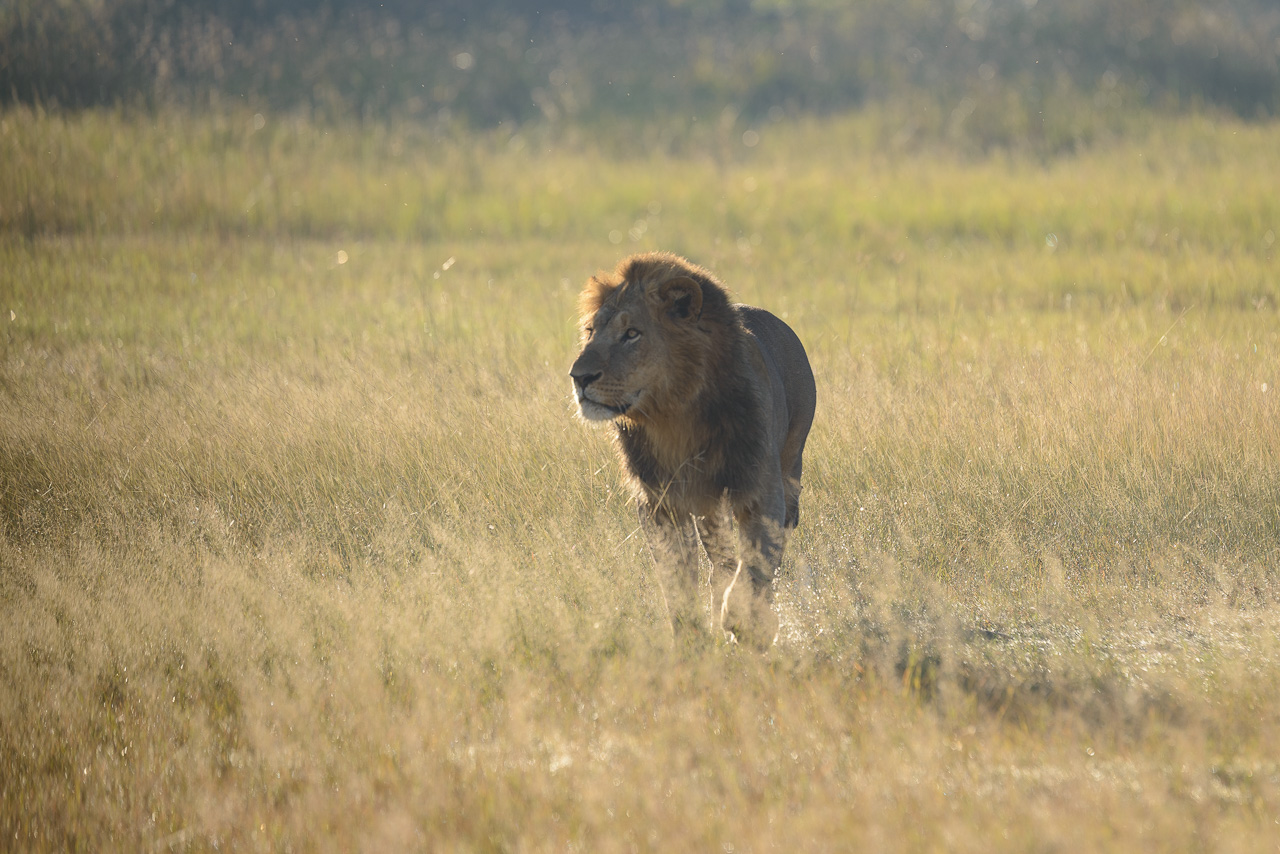
Accommodation
Duba Plains Camp ist an intimate premier camp with only five traditional-style tents. All the rooms are raised on recycled railway sleeper decking. Each tent has a lounge area, with place to write and do your photographic downloads, as well as the opportunity for private dining in your tent.
Each guest tent offers a private verandah plus beautifully appointed en-suite facilities consisting of flush loo, double basins and indoor and outdoor showers and luxurious baths. Ceiling fans, an environmentally friendly air-conditioning system over the guests bed, and careful tent design maintain a comfortable climate for rest and relaxation. Guests will be able to enjoy their own private plunge pool and outdoor under cover sala/day rest area.
There is also the separate 2-bedroom Duba Plains Suite available for familiens and friends. Guests staying at the Duba Plains Suite automatically enjoy the services of a private game drive vehicle with their own guide as well as a private butler and chef.
The main area consists of a large raised dining room, and comfortable lounge with private dining areas, wine cellar and library, with ample space for our guests to either get away and be private or be all together if they want to. The camp’s centre-point is the gathering place of all bush experiences – the fire place on an extended deck into the swamp.
Duba Plains Camp is part of the private Duba Concession. It's sister camp Duba Explorers Camp is the choice for guests who look for a less luxurious camp in a similar area.
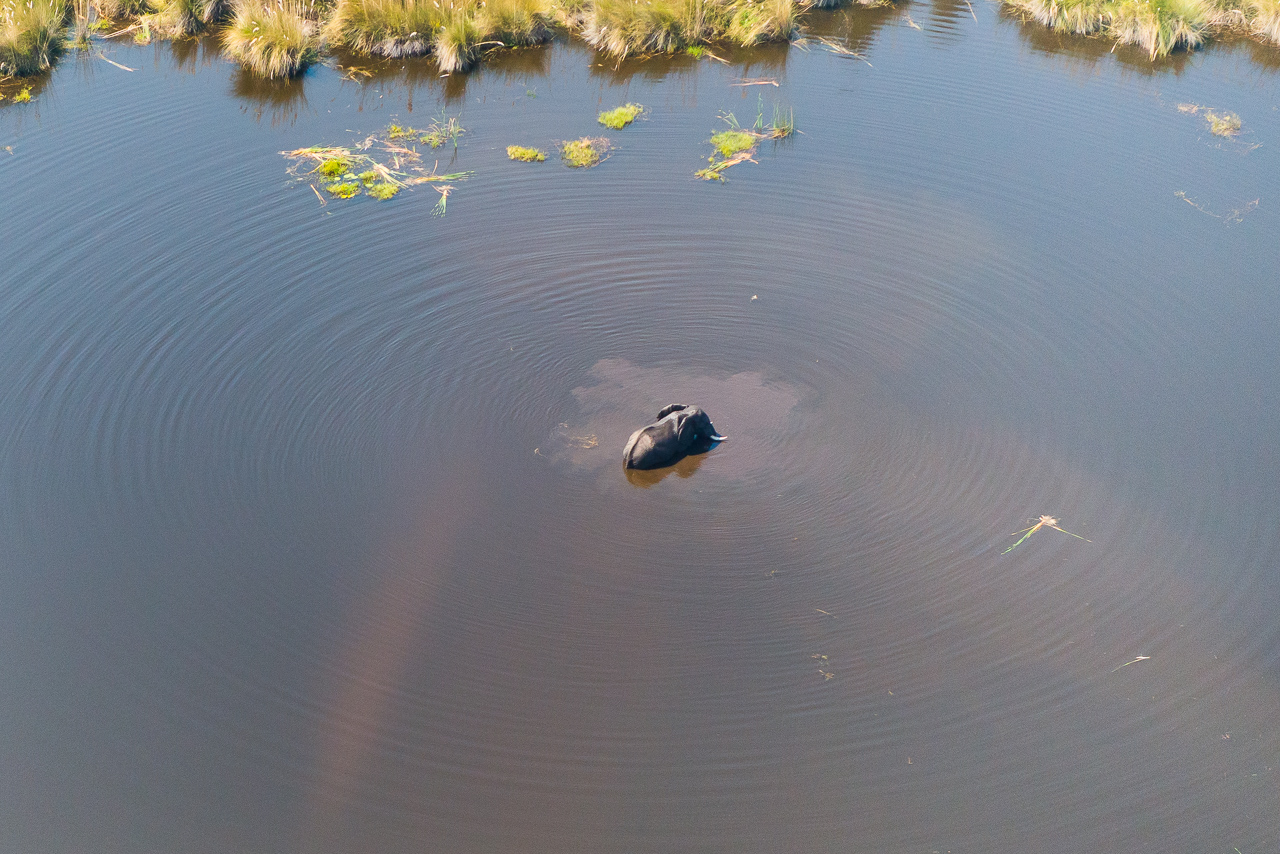
Guests can look forward to first-class service at exclusive and stunning lodges set amid pristine wilderness. The Okavango Delta is an inland delta in the north of Botswana, which can be accessed via Maun or Kasane. Some areas on the edge of the delta are accessible by vehicle, but the vast majority of lodges here are located deep in the delta, which means they are only accessible by air and therefore highly exclusive.
The Okavango Delta plays host to a fascinating cycle of rain, flood, drought, heat and cold. These processes determine the behaviour of the animals and their migration paths. The onset of rain in November / December leads to the appearance of spectacular green meadows as dormant flora springs back to life, trees sprout new leaves and colours become vivid and saturated. The vast majority of animals give birth to their young at the beginning of the wet season, which means the whole area is teeming with baby elephant, impala and kudu – big cat often gives birth to its young at this time too.
The sporadic rains continue until the end of March. Temperatures slowly drop and a feeling of spring sets in around April. The nights become cooler and dew settles on the grass, causing it to sparkling in the sun’s first rays of light when guests can be found pulling up their hoods in preparation for the early morning game drives. The floodwaters reach the delta in April, sometimes earlier, and, covering immense areas, expand outward like a living, breathing organism. The floodwater is basically rainwater from the mountains of Angola, which slowly accumulates in the Okavango River over a period of several months. It squeezes through the panhandle, which is where the Okavango Delta fans out, and then floods the entire region. The well-equipped game drive vehicles struggle through metre-deep water from one island to the next, leaving passengers awestruck and wondering how the journey is at all possible.
The coolest temperatures are measured in June / July, when night time lows can drop as far as 5°C, and welcome hot water bottles are duly distributed! Well-wrapped guests come prepared for the early morning game drives with hats, gloves and warm jackets. Daytime temperatures are pleasant and the skies are clear with bright sunshine – every day! The sun’s heat dominates once again as September approaches, the alluvial areas begin to dry out and the short, dry grass offers a clear and welcome view of the entire spectrum of wildlife here. Temperatures climb to their maximum in October as the whole parched region once again anticipates the coming rains. When huge clouds begin to gather on the horizon, you know it’s only a matter of time until the whole cycle begins again.
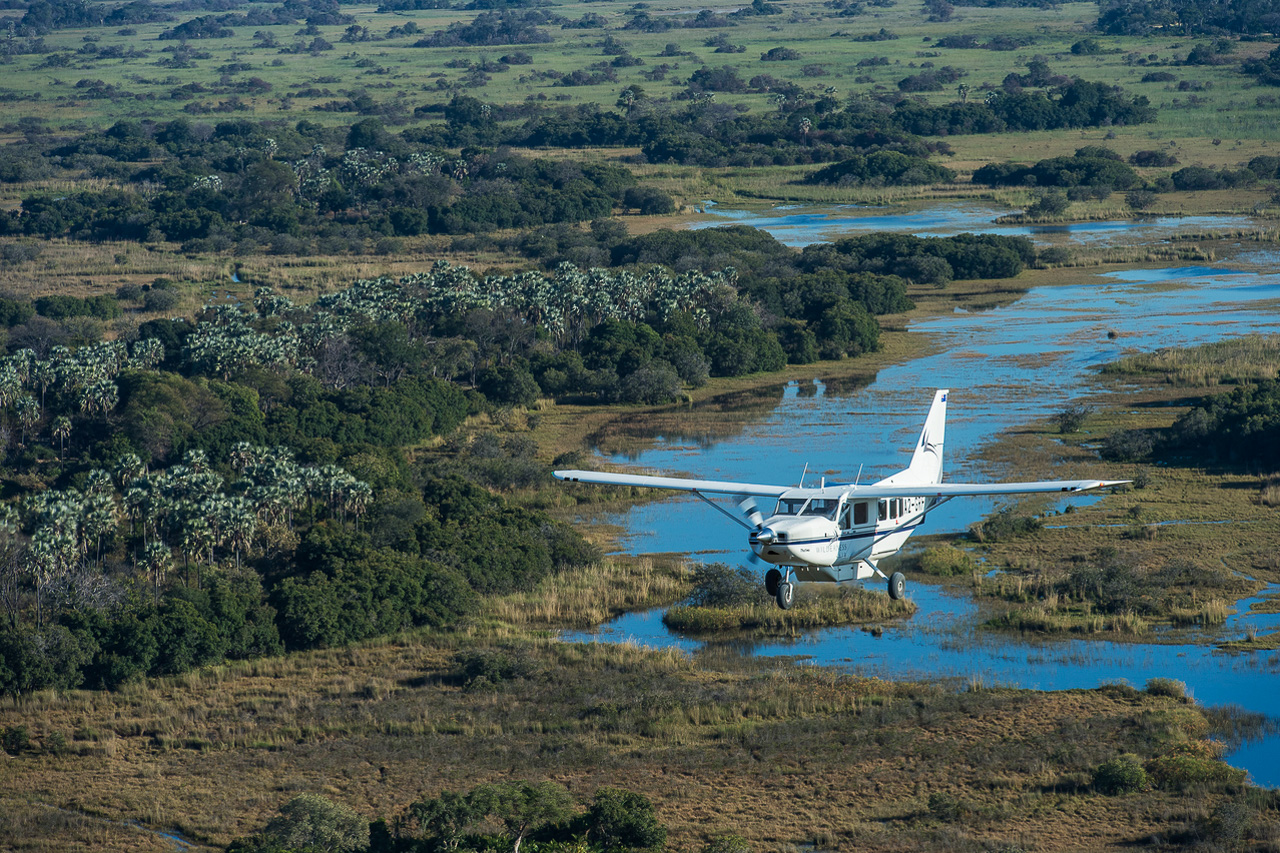
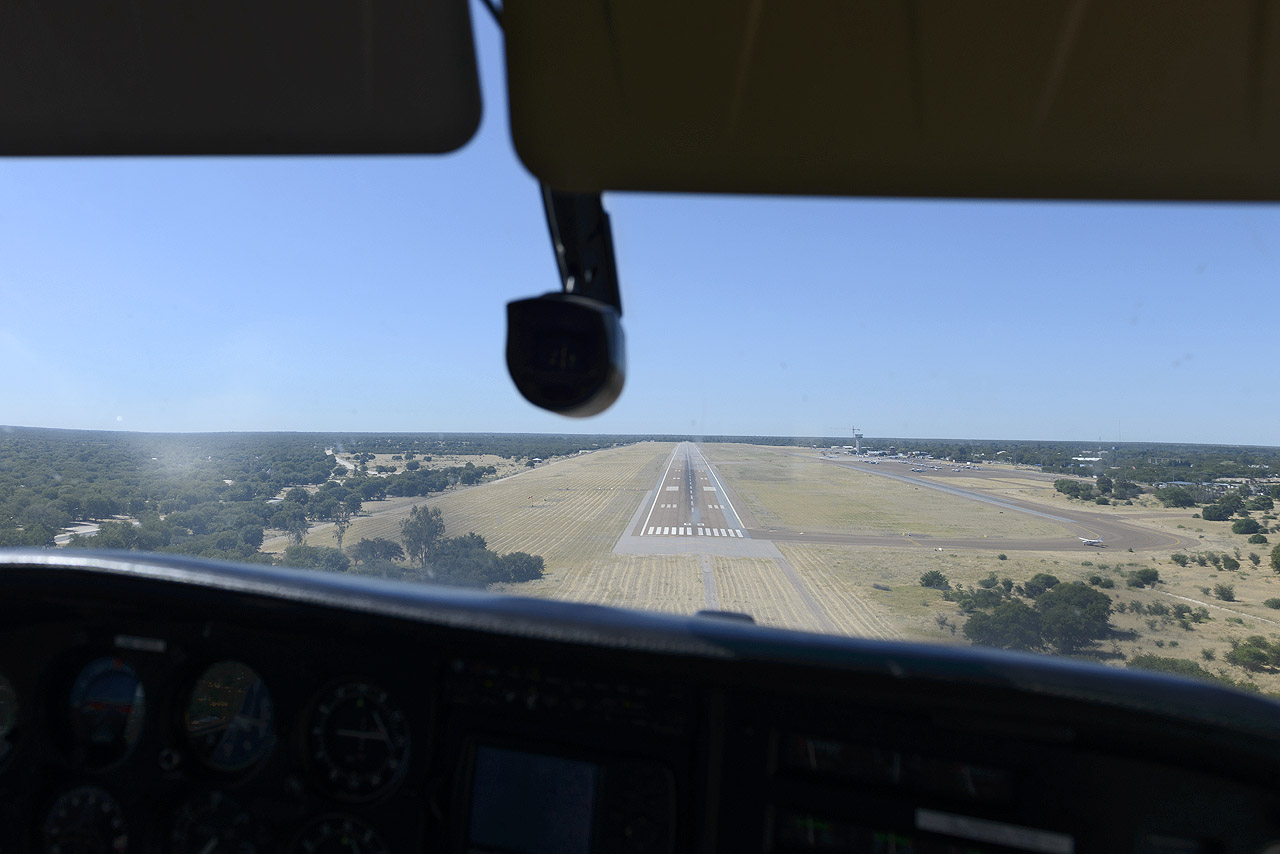
Basic Information
Individual journey. The journey will be planned on your preferred dates.
Duration 7 nights. Minimum age 6 years. Trip vice versa possible. Weight limit of luggage 20 kg.
Includes all transfers from Maun to the hotels/camps to Maun
- Mombo & Little Mombo: Standard Room. All meals, drinks (except premier brands), laundry service, twice daily shared activities with one of the camp guides.
- Zarafa Camp: Standard Room. All meals, drinks (also includes premier brands), laundry service, twice daily shared activities with one of the camp guides.
- Duba Plains Camp: Standard Room. All meals, drinks (also includes premier brands), laundry service, twice daily shared activities with one of the camp guides.
Learn more about these areas










